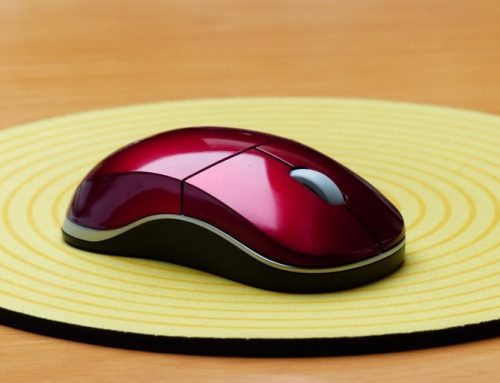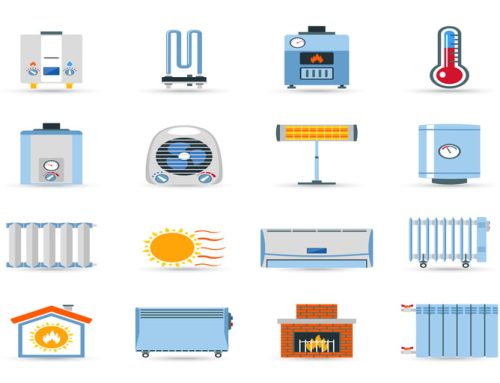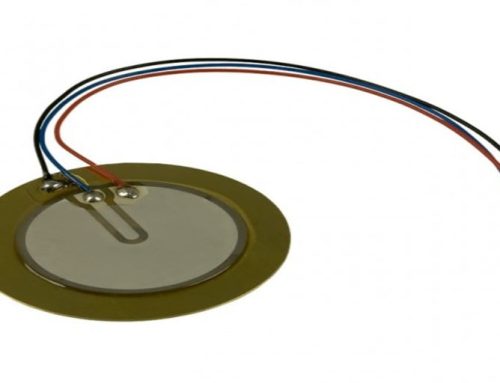
In this fast-moving life, we need to charge our smartphones comfortably. Wireless charging technology has been around for more than 100 years, but its integration with such devices as smartphones has given it new life. Here we are going to discuss wireless charging in smartphones. This gadget uses electromagnetic induction principle similar as Tesla coil.
What is Wireless charging in smartphones?
Wireless charging means, as the name suggests, you do not need to plug the cable into your smartphones to charge it. To charge your phone you simply need to place its face on a special mat or tabletop.
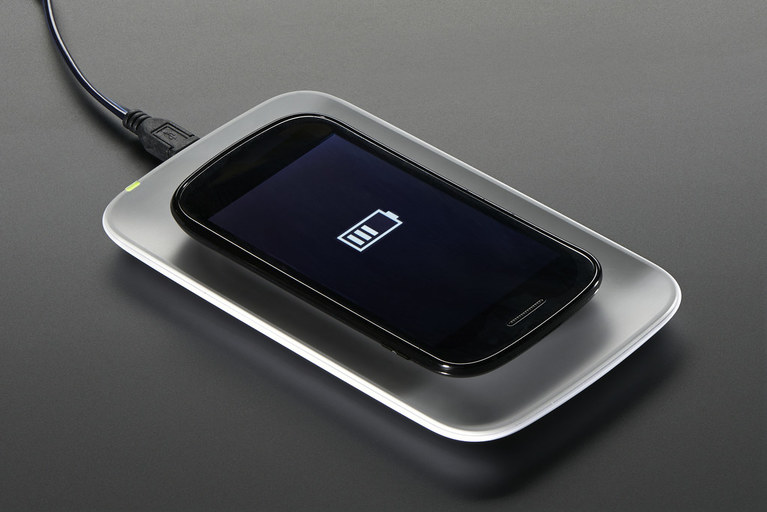
Wireless mobile charging
So, the transfer of the power from a power outlet to your device, without any physical connectivity, is known as wireless charging. Wireless charging has been around the late 19th century when electricity pioneer and legend “Nikola Tesla” demonstrated magnetic resonant coupling. In magnetic resonant coupling, electricity has been transmitted through the air by creating a magnetic field between two circuits. The first circuit is known as a power transmitter and the second one is known as a power receiver.
When the receiver magnetic plate on the mobile device comes into contact with the power transmitter – or at least comes within pre-specified range – the magnetic field generates an electrical current within the device. The induced electrical current in the device is converted into direct current, which fills your device battery with charges.
At present time, many devices are using wireless charging like smartphones, laptops, kitchen appliances, and more. Now have a look at units involved in wireless charging of smartphones.
Units involved in this:
When we come to wireless charging of smartphones, mainly two units are responsible to perform wireless charging. They are given and explained below:
- Wireless charger
- The internal circuit in mobile phones
There are many standards for wireless charging but the main wireless charging standard is Qi (pronounced as “chee”). Qi is a standard that has been developed by the multinational technology consortium “Wireless Power Consortium” (WPC) for inductive charging over a distance up to 4 centimeters. Many smartphone manufacturers like Apple, Samsung, Sony, LG, etc. have adopted this standard.
Wireless charger:
While considering wireless charging in smartphones you need two things. The first one is a charger that acts as a power transmitter. The charger has a high-frequency current generator that generates power to transmit it wirelessly. This circuit takes mains power 110 to 220 volt AC as input and feeds the high-frequency current (high-frequency alternating current) to an insulated copper coil. It becomes responsible to induce current into the receiver copper coil (present in smartphone or case). Wireless charger circuit mainly contains capacitors, several resistors, an induction coil (copper coil), a high-frequency transformer, and some power transistors and IC’s.
Wireless charger circuit coil initiates a magnetic field that stretches out to the receiver coil at a limited distance. It is working on the same principle as levitating bulb does.
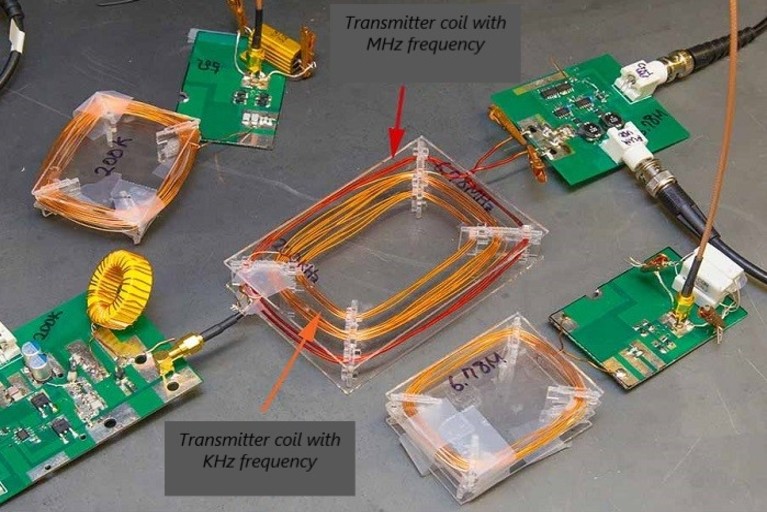
Internal circuitry of wireless charging
The internal circuit in mobile phones:
The second unit in wireless charging is a smartphone that supports wireless charging or a case that you can put on one to add wireless if it does not come built-in. This case contains an insulated copper coil. When the smartphone or case keeps close to the wireless charger then due to electromagnetic induction copper coil generates induced current. This induced electrical current in this copper coil has been transferred to smartphones power IC where it gets converted into DC form to charge the battery.
Types of wireless charging:
There are two different types of wireless charging:
- Inductive type
- Resonant type
Inductive type:
It requires direct physical contact between the power transmitter (i.e. wireless charger) and power receiver (i.e. smartphones). The charging coils inside the phone or case and the charger must be connected and aligned.
Resonant type:
Resonant type charging requires the power receiver (i.e. smartphones), power transmitter (i.e. wireless charger), and charging coil within each, to be specific proximity but do not need to be touching. Here inductor coils (at transmitter and receiver as well) are tuned at a particular frequency to deliver more power.
Advantages:
- It is the safer way to transfer power from one source to another consumer.
- Simply drop your phone on the charging pad to initiate charging.
- Reduces probability to the damaged charging port.
- Qi wireless charging pads being installed in various places all over the world, if you run out of charge and don’t have a charging cable you can still charge your phone.
Disadvantages:
- Wireless charging is slower as compare to direct cable charging, especially in the case of smartphones those are supporting fast charging.
- If you are charging your phone by using wireless charging then you have to wait to use your phone, because if you take your phone off a wireless charging pad to use it, it stops charging.
Thanks for reading. See you soon with another exploration!

